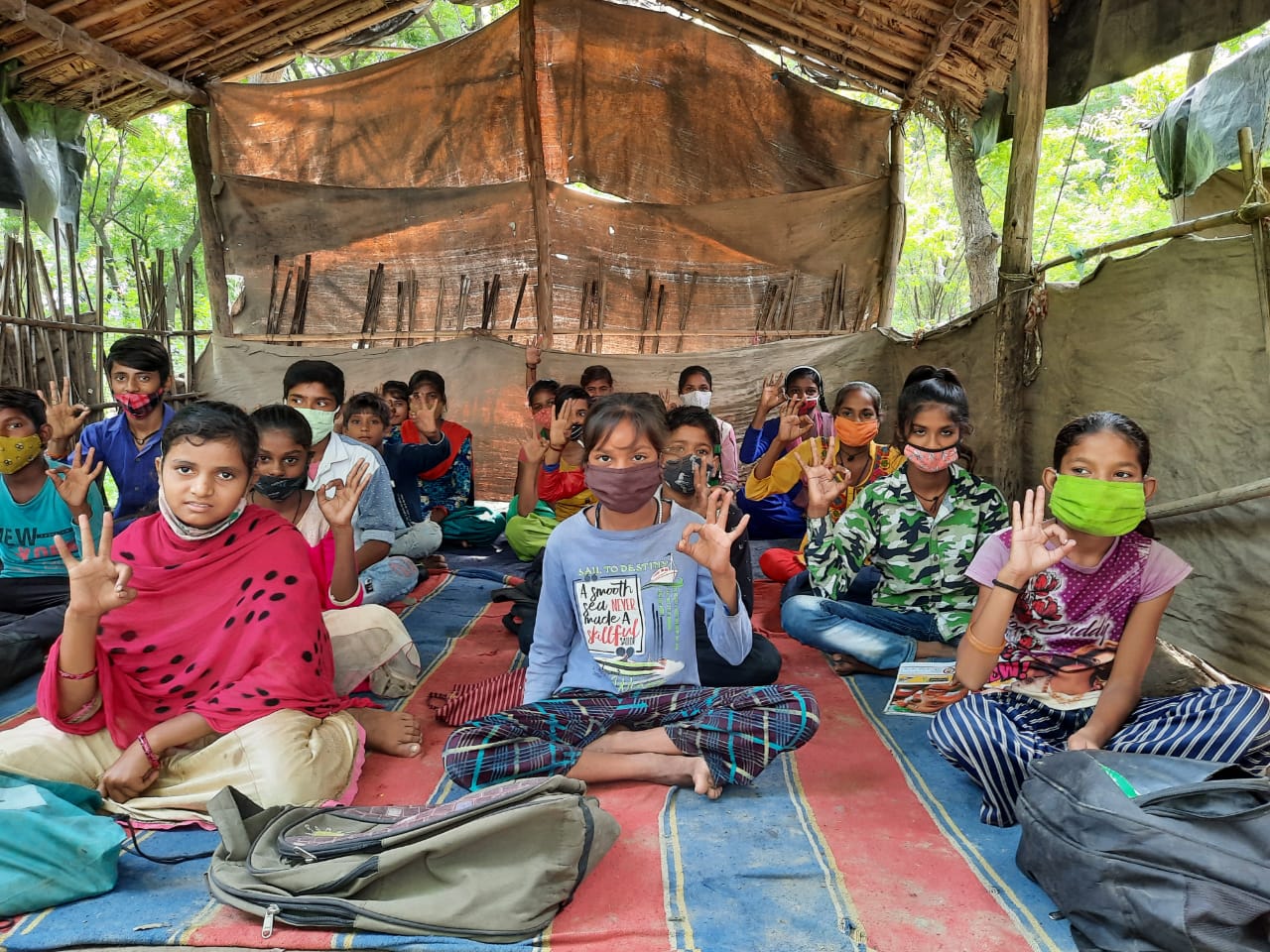“Sign language is the equal of speech, lending itself equally to the rigorous and the poetic, to philosophical analysis or to making love” – Oliver Sacks.
There are over 360 million people with hearing impairment across the world, sign languages being their primary mode of communication. To celebrate this community while highlighting the challenges and issues faced by them, the last week of September is celebrated as International Week of the Deaf (IWDeaf), annually. The week is marked by the International Day of Sign Languages (IDSL) as well, which is celebrated on 23rd September. The primary reason to celebrate this day is to empower the rich culture, heritage, and language of the Deaf. Let us have a look at the top 3 things that you should know about sign languages in India and the world –
1. Are Sign Languages Universal?
No one language can become a sole tool of communication. Just like spoken and written languages are different across different regions, sign languages also vary across the globe. For instance, British Sign Language (BSL) is very different from American Sign Language (ASL). In the same vein, British folks who are not well-versed in ASL might not understand it at all, though slight similarities are inevitable.
2. Does India have its own Sign Language?
Recent studies reveal that India harbors more than 63 million people with hearing impairment. India does have its official sign language called Indian Sign Language (ISL). The language is developed and looked after by Indian Sign Language Research and Training Centre (ISLRTC) in New Delhi.
3. What are the career options for the Deaf in the field of Indian Sign Language?
Learning Indian Sign Language (ISL) can open many doors in India. Here are some career options that you can opt for after gaining skills in the language, both academically as well as professionally.
A) Sign Language Interpreters
There is a large section of the Indian populace that is living with hearing impairment or has chronic hearing issues. There is always a need for Indian Sign Language interpreters while communicating with people living with hearing impairment. You can do a diploma course or a short-term certificate course. ISLRTC offers a one-year diploma course in Interpretation of the Indian Sign Language. Besides, a lot of NGOs also offer educational courses in Indian Sign Language Interpretation.
B) Teachers
After pursuing a government diploma course or an equivalent private certification, one can always apply for teaching jobs in the institutions where Indian Sign Language is taught or is required for students with hearing impairment.
C) Volunteers
You can always volunteer for NGOs which work closely with the hearing-impaired community. You can look up such organizations and lend your knowledge in the educational or interpretation sphere. One such organization is Wishes and Blessings. Under their Sponsor A Childhood programme, the organization is facilitating the education of underprivileged children from a variety of demographics, which include children with hearing impairment. Through this programme, the NGO works closely with their donors to sponsor the education of these children, in the hope to promise them a brighter future.
The significance of sign language is gaining momentum, and it is very evident that more people are realizing its importance in modern society. No one should be left devoid of their basic human rights, which include the freedom of expression. Acquiring the knowledge of sign language(s) can also show the people with hearing impairment that they are not being neglected, and they have equal access to communication, as anyone else. This also goes to show them that their voices are not muted or unnoticed. We should all join forces to make sign languages as commonly visible as possible.
“If you are to reach masses of people in this world, you must do it by sign language. Whether your vehicle is commerce, literature, or politics, you can do nothing but raise signals, and make motions to the people” – John Jay Chapman
About the Author


Khushaal Sharma is a Content Creator at Wishes and Blessings. He loves to make YouTube videos, write blogs and spend time with dogs. He firmly believes that endings always lead to new beginnings.

